“Oh, fiddlesticks! Another dratted hornworm has eaten a plant. How exceedingly grumpy I am.”
You’d correctly guess these were not my exact words as I plucked the corpulent caterpillar from the stick formerly known as a lush jalepeño pepper, but they’re close enough for this article.

I felt an understandable wave of schadenfreude as I sent the larva to its doom in the chicken coop — as I had all the others that I found this summer. Backlit by sun, I saw the scuttling forms of squash bugs on the opposite of a browning zucchini leaf, and if I squinted through the grass starting to crowd the fall-planted kohlrabi, I spied one of my ducks having her way with my chives. After scaring her away from the nubbins that remained, I heaved a sigh and started to hook up the hose to the rain barrel — there had been no rain for the past week, and the garden was starting to look stressed.
Watch The Video
Though it may sound so, this is no list of complaints. Perhaps I could just as easily write about the overwintered kale that produced lush greens well before anything I planted in the spring, or the gorgeously smooth beets that grew larger than the packet said they would, but you’ve seen those photos in every gardening book and read those humblebrags online all summer.
Instead, in this article, I want to talk about those unInstagrammable garden days. The failed plantings, the fruitless efforts, and the pest-riddled produce that tastes fine but certainly isn’t coffee-table material. Because this is realistic gardening — the kind that most of us experience. As you likely know, for every beautiful basket of bounty, there’s often a wilted vine somewhere as well.
What do you do with the inevitable failures? Make the most of them! Here are some hopeful ways to turn the frustration into motivation and education. And after each section, I’ve listed a potential remedy to the situation.
Figuring Out the Reasons
If you really want to learn how to garden, or to eventually be self-sufficient, the worst thing you can do with failure is to simply declare yourself a black thumb and call it a day. And don’t resort to hanging over the fence, seething with private jealousy over your neighbor’s unfairly lush veggies, allowing comparison to steal every ounce of joy from your efforts. Instead, put on your detective hat and see if you can find out the reasons for your underwhelming garden. Here are some common mistakes or problems that may have befallen your food plot … maybe the reason you’re looking for is here.
Timing Troubles
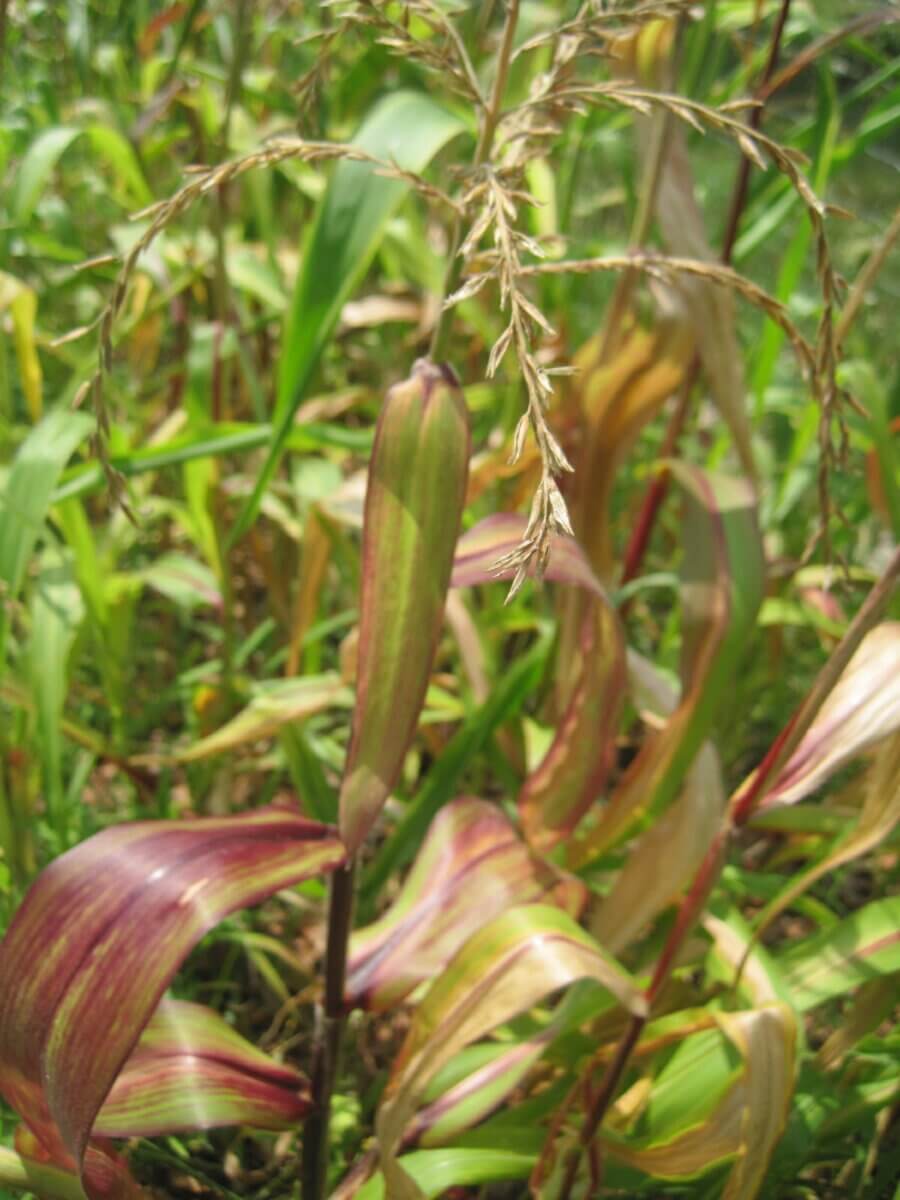
Plants want to grow, but they want to grow when they’re good and ready. If you closely watch a wild field through the course of a growing year, you’ll see waves of different flowers and grasses pass through it as the seasons turn. They are perfectly suited to grow at their optimal time, and they’re pretty much left to themselves to do it at the appropriate moment.
But with a garden, we have an artificial situation. We, the gardeners, plant seeds and starts in the soil, and sometimes we get our timing off due to overzealous gardening or ignorance. My first year on the homestead, for example, I excitedly planted okra seeds in April. The poor things dutifully sprouted, but struggled in the spring cold and never grew taller than a foot. The seeds I replanted a full month and a half later (in the blazing heat that okra loves) thrived.
Other plants are very sensitive to day length. Chinese long beans, for example, only start flowering and setting seed pods after the summer solstice. Plant them early, and they very well may sprout and then stall in their growth until the shortening days give them the go-ahead to do their thing.
Bottom line: If plants seem to stall in growth or fruiting, perhaps you should suspect they were planted at the wrong time of year.
Remedy it with keeping a garden journal.
This is probably one of the more useful tools when it comes to knowing and growing your own food. Carefully recording what plants went where, when they were planted, and how they performed will give you a rich log of information to draw from when analyzing your successes and failures.
My garden journal is nothing fancy — a 3-ring binder with diagrams of the gardens to show where I planted different plants, and a log where I note every garden activity on a near daily basis. That log is probably the most important. I keep track of the day I planted every seed, and then, based on whether they grew well or not, I can try to decide if that was the right timing for my specific climate.
If you suspect a plant failed due to being planted at the wrong time of year, note it down. Then, do some further research into cultivating that specific plant, and see if planting it a month earlier or later would make a world of difference.
New Garden Nuisances
If you’re starting a garden from scratch, chances are the first few years will be underproductive. Read through any account from early homesteaders, pioneers, or back-to-the-landers. In almost all cases, they’ll relate the meager harvests of their just established food plots. Turning an area of wild grasses into a super-productive organic garden doesn’t happen overnight.
Bottom line: New gardens rarely, if ever, thrive to full capacity in their first few years.
Remedy it with patience, and maybe some raised beds.
Keep working at your garden. It will, after several elbow-greased seasons, come into its own. Keep adding compost, removing rocks, rotating crops, pulling out that stubborn grass and morning-glory, and eventually, you will start seeing real results, promise. Hang in there!
If you want to give yourself an encouraging boost in a productive direction, you can also try building some raised beds. They can give you well-shaped carrots, big beets, and perfect parsnips before you’ve gotten the soil in a new garden worked to a satisfying consistency.
Soil Chemistry Concerns
Why are those squash plants so small? Why are those leaves yellow-streaked? Why did my tomato make such huge, beautiful leaves and no fruit? And what in the world is causing those crispy, brown edges on the beet leaves? The soil’s chemistry may be the hitch in your gardening step. Certain nutrients or elements may be lacking or overabundant, and when plants don’t get what they need in terms of nutrition, boy do they show it.
Bottom line: Underproductive plants may be lacking essential nutrients or have a toxic overload of a single nutrient.
Remedy it with learning more about your specific soil and the specific requirements of the plants you want to put there.
You can send soil samples to be analyzed by your local university extension. You can also make a more old-fashioned assessment of your plants, and take a good look at their leaves — they’re a decent deficiency declaration.
Most soil problems can be slowly amended with consistent seasonal application of compost. If you detect a specific problem, however, you can sometimes give the soil a boost in the right direction with specific soil amendments. Wood ashes from untreated wood can boost potassium and lime. A careful sprinkling of borax can solve a boron deficiency. Bone meal adds phosphorous and calcium. An abundance of nitrogen — such as that found naturally from a seasonal application of manure — makes huge leaves in some plants. This is great news for plants that we grow for leaves, but not so much for plants that we grow for fruit. Nitrogen actually stunts fruit bud formation. You may have found that out the hard way.
Does keeping this straight make your head spin? Try not to be overwhelmed. It’s super unlikely that you will have all these problems simultaneously. And there’s ample soil-building resources here on Insteading to bookmark and reference if a weird situation raises its head … er, leaf.
Too Much (or Too Little) TLC
One inch of mulch? You lavished five. You water those plants with motherly affection every morning and night. You’ve sprinkled abundant fertilizer. You’ve given them above and beyond what the packages and books said! And that overly thick layer of attention may have resulted in plants that are positively underwhelming or dying.
Conversely, you may have remembered that you haven’t weeded or watered in a month. Oops!
Bottom line: Just as too little attention will obviously hurt your plants, too much attention may hurt them as well.
Particularly for you patio and container gardeners, know the signs of overwatering — rotting roots, yellowed leaves, and floppy, dying plants. Sometimes, though it may feel wrong to the new, attentive gardener, plants need to dry out before you water them again.
Mulch piled too thickly can also be detrimental to plant growth. It can stop rainwater from reaching the roots or cutting off oxygen supply, and provide a hiding place for gnawing voles to secretly destroy your shrubs and trees. Know what a mulch volcano is … and don’t make one.
And though I hope I shouldn’t have to explain this one too much, a neglected garden will perform as well as can be expected (not well). Grass competition alone sucks water and nutrients away from your garden, and alliums in particular can’t tolerate it. So, try to work a garden walk into your daily schedule. Any garden that’s out of sight is easily out of mind.
Shockingly Weird Weather
That out-of-the-blue May snowstorm? It had more long-term effects than hindering your morning commute. Your garden may remember it for far longer. Strange, sudden changes in temperature can shock young garden plants, especially new transplants, potentially stunting their growth for the entire season.
Bottom line: An unexpected shock can rob plants of peak productivity.
Remedy it with cold frames, leaf mulch, or row covers.
Obviously, some freak storms can’t be anticipated. But, if you get the tip-off that a strange temperature fluctuation is imminent, help your new plants through with some protection. You may have to run out in twilight with an old bedsheet to cover tender seedlings, toss handfuls of dry leaves, or get all fancy with some store-bought cloches. Pretty much any cover can help forestall disaster. We’ve got an article here all about frost protection, by the way.
Heat waves are a little harder to manage, but you can give those fall planted seedlings a helping hand by planting them on a cloudy day and providing some shade during the most direct sunlight. I’ve used fallen branches (with leaves still attached) as a super low-cost sun shade.
Pest Problems
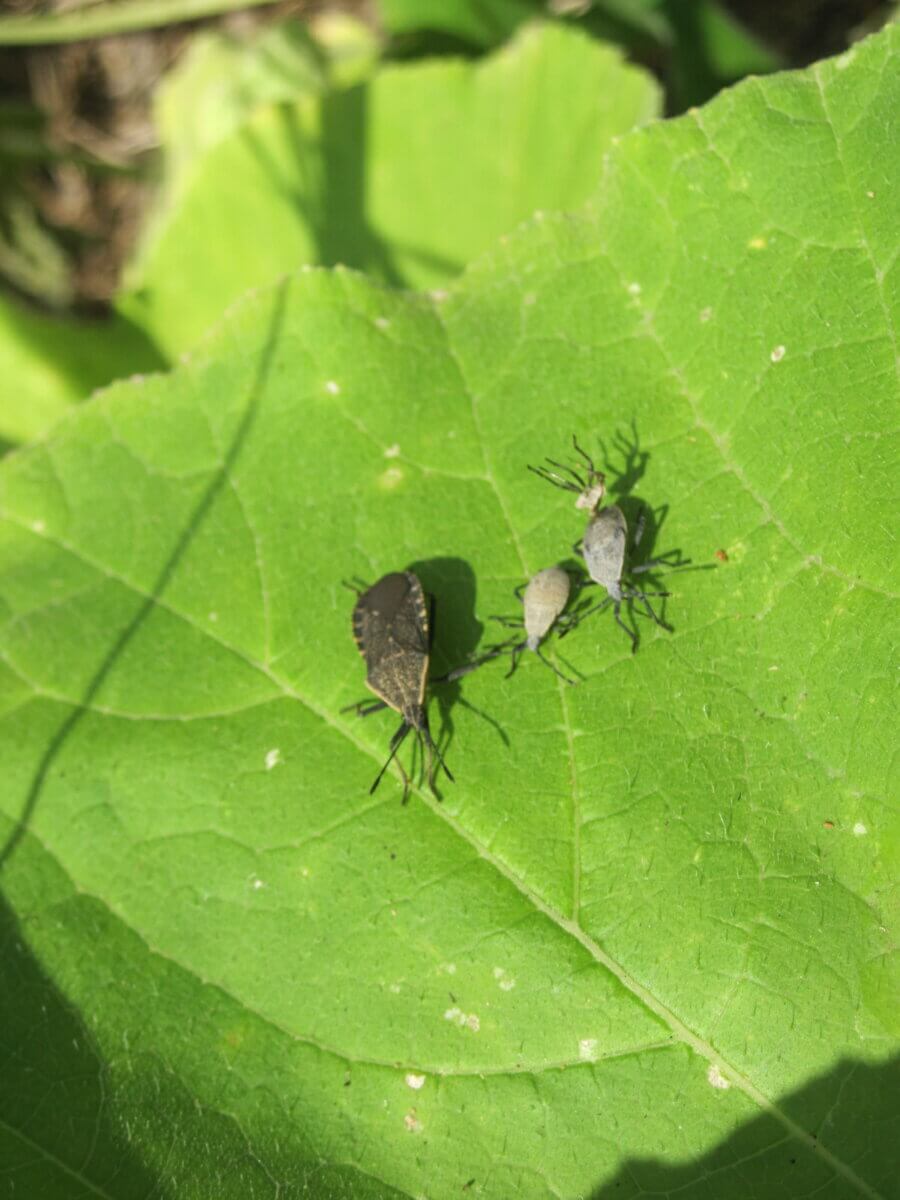
If you are gardening organically, then you personally understand that trying to wage nonchemical warfare with the creatures intent on eating your food plants is a challenge. If you plant the same plants in the same plots every year, you’re giving up your home-turf advantage. The pests often overwinter in the soil, and if their favorite food is waiting for them when they come out of dormancy, they can get an unwanted jump-start on the season.
Bottom line: Planting the same plants in the same place year-after-year will lead to a buildup in pest populations.
(Partly) remedy it with crop rotation.
Remember your garden journal? It’s also a great way to keep track of what was planted where so you can rotate your garden beds every year. And I hope you know this isn’t just moving specific vegetables, but rotating plant families. Get familiar with knowing which plants are nightshades, brassicas, legumes, cucurbits, alliums and so on, and plant a different family group in the beds every year. By mixing up which family of plants are in a bed every season, the pest population can’t build up as easily.
This remedy is only one of many ways to thwart the bugs bingeing on your produce, but it’s an important practice to implement as you plan your garden.
Inexplicable Failure
Maybe your garden chemistry is ideal, your tilth is drool-worthy, and you have managed pests like a pro. Then the new plants you put in this paradise still died. Sometimes, that’s just the way it goes. Not every plant can live in every garden.
Bottom line: Some plantings are doomed to failure.
Remedy it with trying a different variety, planting something better suited to your climate, or focusing on the next season’s planting.
Gardeners in growing zones with short seasons well know that there are some plants that just don’t get enough time to grow in their areas. Thankfully, other northern gardeners have developed quite a few varieties of popular garden plants that race to maturity, giving you the best chance to haul in a harvest. You’ll have to do a little bit of digging and research beyond the link I gave, but you’ll likely find a cultivar that works well for you.
Gardeners in growing zones with long, hot growing seasons, on the other hand, know that there are some cold-loving plants that are out of our league. For example, I really, really wanted to grow rhubarb on my homestead. But after complete failure, and a little more research into what rhubarb actually wants, I realized that my patch of the Ozarks gets too darn hot for the poor thing to survive. So, I scrapped my rhubarb hopes and focused, instead, on what wants to grow here such as heat-loving melons, okra, and cowpeas.
Finally, if (for whatever reason) the spring planting was a bust, call your losses and focus on summer planting. Likewise, if the summer planting is just a big inexplicable nothingburger, turn your attention to fall planting. And if the fall planting gets frozen before it had a chance to thrive, mulch it well and dream of the spring. The nice thing about a garden is that you always have a chance to start over.
Sometimes, There’s Just a Bad Year
I’ll be honest with you all. This year, I’ve had the worst tomato harvest of my entire gardening life. Confidence shaken, I visited our local farmers market to stock up on what I couldn’t grow. There, one of the farmers confided in me that he didn’t bother with growing outdoor tomatoes. The luscious red fruits in his stand were all greenhouse grown. Curiosity piqued, I found similar stories from every vendor. As I continued my investigation over the next weeks, I heard stories of low yields and strange, out-of-the-ordinary problems with nearly every gardener I spoke with.
Collectively, we have no idea what is specifically going on. But the fact that the problems are widespread indicate, to me, that something on the environmental scale is affecting our crops. Is the freak snowstorm in April to blame? The unusually warm winter? Is there something in the water? Did some chemical from the nearby plant affect the air? I may never know.
Bottom line: Not everything is your fault.
Remedy it with “try, try again.”
An unproductive year happens every generation. Glance through the annals of history, and you’ll see plenty of unavoidable crop failures that broke the backs of Republics or sent waves of famine through a land. Consider the Krakatoa eruption of 1815. Farmers in the American south had to contend with July frosts because of the ash cloud.
So what do you do? Lick your wounds, and plant again with hope for the next season or next year.
Keep Your Chin Up!
One of the most encouraging lines I’ve ever read in a gardening book was an offhand comment about how to fit fall crops in the summer garden. In the fantastic book Root Cellaring, Nancy Bubel mentions she transplants seedlings into rows where an earlier planting is finished … or failed! Being able to hear a gardener that I respect admit that sometimes she has unsuccessful garden forays as well? It gave me a welcome sigh of relief, and at least for that day, I was a little less hard on myself when surveying my food plot.

So keep at it, intrepid cultivators and weeders, adventurous seed-sowers, and mulchers. Every failure really is an opportunity to learn how to do it better next time. And with a garden, the endless cycle of seasons gives you a fresh start every year — plus new spring and fall crops, twice a year — to remedy realistic gardening.


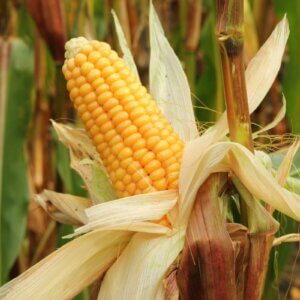










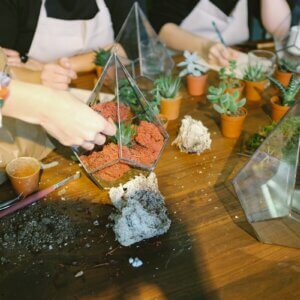

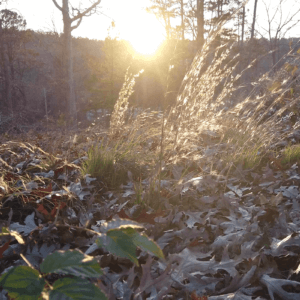





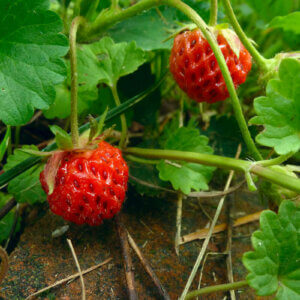


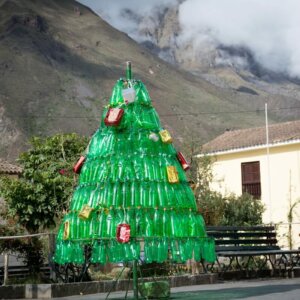

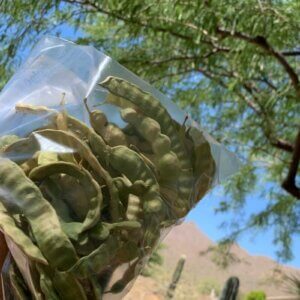
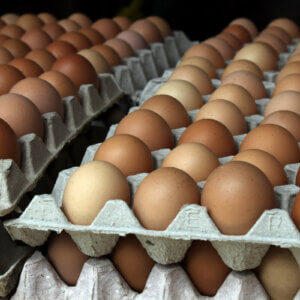
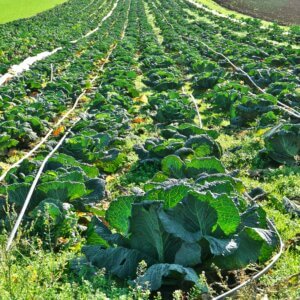


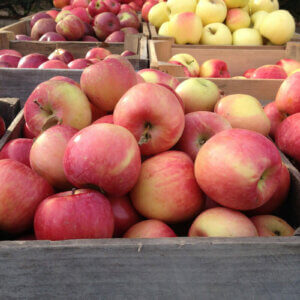
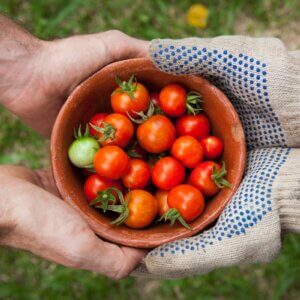


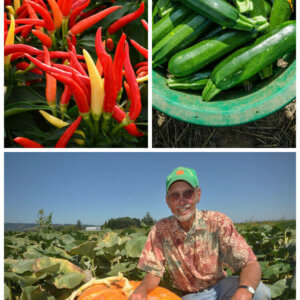

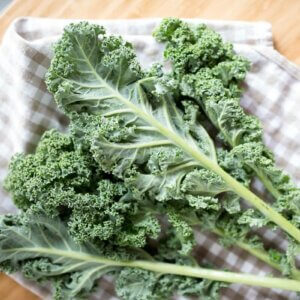
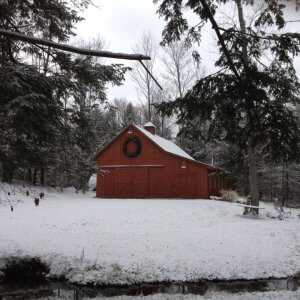


Leave a Reply